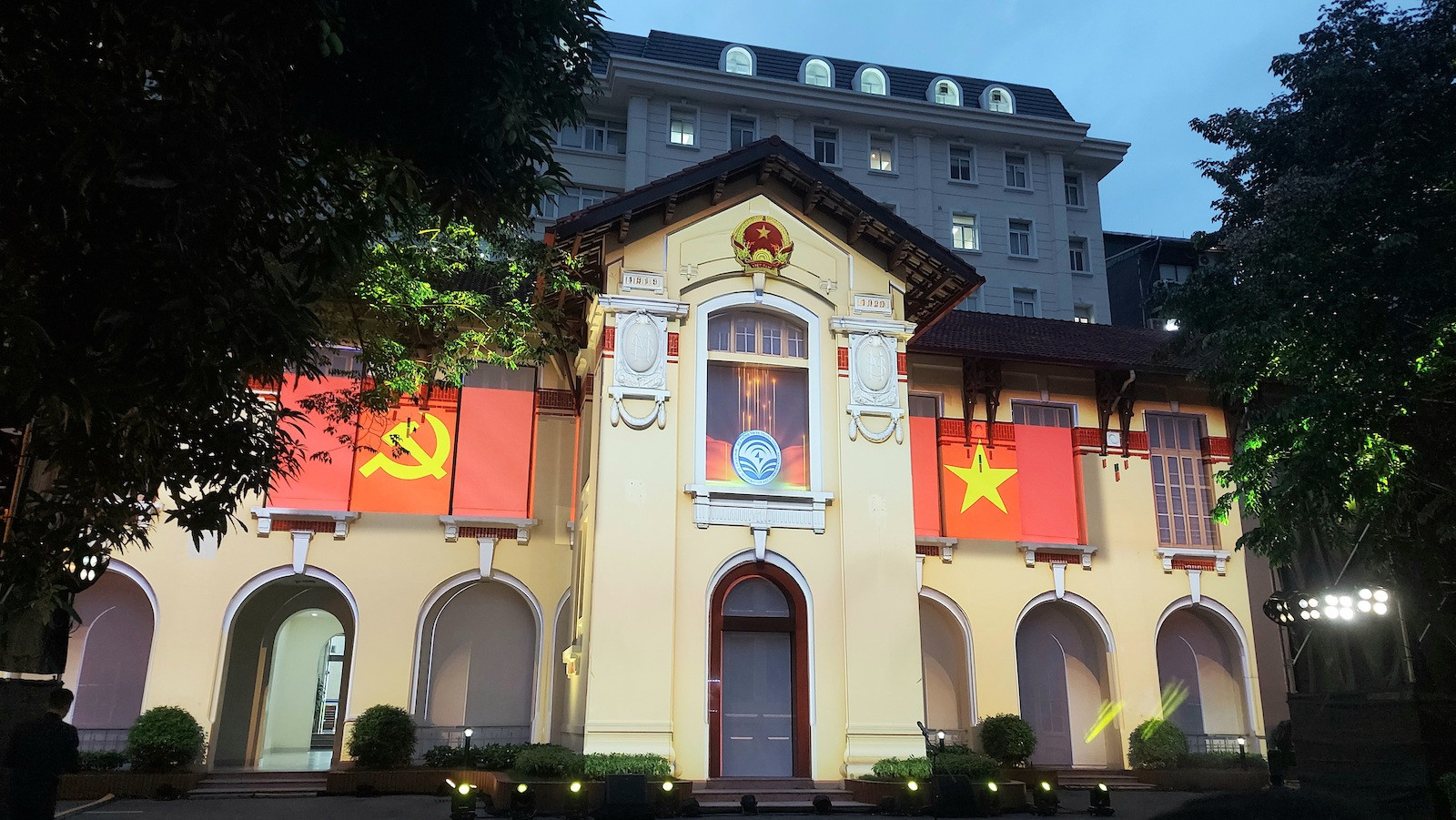
Deputy Prime Minister Nguyen Hoa Binh, and Deputy Head of the Steering Committee for reviewing Resolution 18 (Government's Steering Committee), has signed a decision to issue Plan 141 on restructuring and streamlining the government apparatus.
Under the plan, the Ministry of Information and Communications (MIC) and Ministry of Science and Technology (MST) will be merged into a new ministry, in charge of state management over fields which are now assigned to the ministries.
Experts believe that connecting technology, media, and journalism under a single ministry will help create potential for journalism development, especially amid rapid technology advancements.
The integration will boost the application of technology in journalism, from content production to ways to approach readers. Technologies such as AI (artificial intelligence), Big Data, and cloud computing will help analyze readers’ behavior, optimize content, and enhance user experience.
Newspapers can directly access advanced technologies and have conditions to experiment with new types of newspapers, such as multimedia, virtual reality and online interactions.
Combining journalism management with technology also helps build more rigorous information control systems, minimizes misinformation and safeguards readers’ interests.
Even traditional forms of journalism, such as radio and television, cannot operate separately from digital infrastructure. Fiber optics, satellites, radio frequencies, and the internet are the foundation to strongly develop these forms. Radio and television management requires close integration with digital transformation.
Maintaining national information sovereignty
The connection of technology, media, and journalism is becoming an urgent requirement amid extensive development of the digital media environment. The merger of the two ministries will not only optimize resources, but also create a firm foundation for journalism and media to develop, and at the same time protect national information sovereignty in cyberspace.
Currently, nearly all press agencies operate in a digital environment. The management and supervision over press agencies’ legal compliance now heavily relies on digital infrastructure and technology.
Technologies such as AI, big data, and data analysis platforms help journalism grasp new trends, guide public opinions, combat harmful and toxic information, and protect information sovereignty in cyberspace.
In the digital era, everyone can become a journalist through social media and online platforms. This brings both opportunities and challenges to media management. Cross-border social networks have millions of users in Vietnam and can pose threats to information security and the country's political stability if not effectively controlled.
Experts believe that technology application will ensure the strict censorship of media content with no need to use cumbersome apparatus.
In the case of Facebook, for example, though the volume of content posted on the social network is millions times larger than one newspaper, it just needs modest staff to monitor.
Similarly, TikTok relies on algorithms and AI for content control rather than large human teams. This illustrates that leveraging technology not only can make the censorship more efficient, but also save resources.
Thanks to the strong management of digital infrastructure, like telecommunications networks and the internet, large platforms now have to comply with Vietnamese law, remove harmful information, and pay taxes as stipulated by the law.
The explosive growth of digital technology is creating a revolution in the way information is produced, distributed and consumed. As activities are now carried out in a digital environment, readers increasingly prioritize electronic platforms, social networks and mobile apps, instead of traditional print newspapers, television and radio.
This change has posed huge challenges, forcing press and media agencies to constantly compete, invest in technology, build multimedia products, and focus on user interaction.
Overall, the protection of the Party’s ideological foundation and the fight against harmful information need support and coordination from digital infrastructure and technology.
Therefore, separating digital infrastructure and digital transformation from digital media will restrict effective information management online. It also hampers the development and effectiveness of journalism and media activities.
Luong Bang